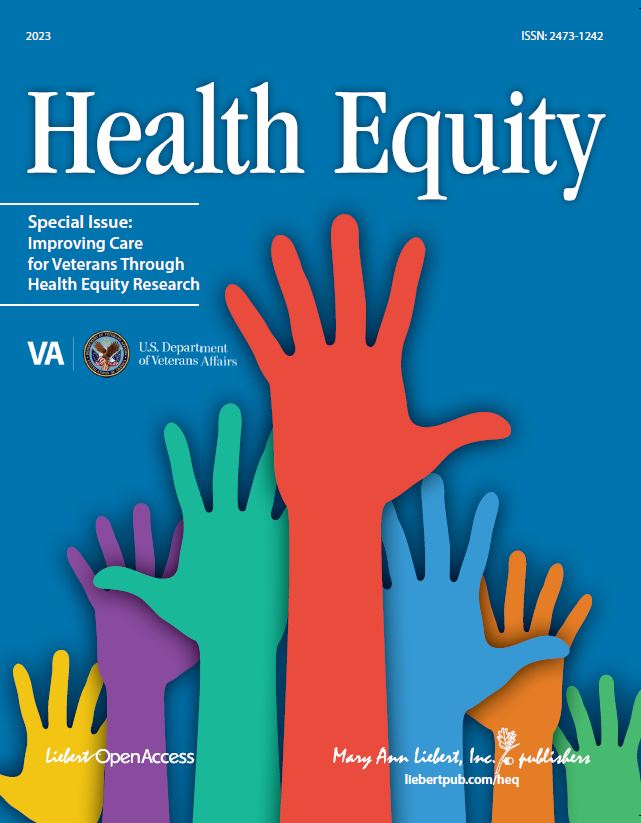VA released national and state-level findings from its most recent analysis of Veteran suicide data, from 2005 to 2016. The analysis is part of VA’s ongoing examination of non-Veteran and Veteran death records that is being used to evaluate and improve VA’s Suicide Prevention Program.
“Suicide prevention remains VA’s highest clinical priority. One life lost to suicide is one too many,” said VA Secretary Robert Wilkie.
The report yields several important insights:
- From 2015 to 2016, the overall current and former service member suicide count decreased from 7,663 to 7,298 deaths (decrease of 365).
- From 2015 to 2016, the Veteran specific suicide count decreased from 6,281 to 6,079 deaths (decrease of 202).
- From 2015 to 2016, the Veteran unadjusted suicide rate decreased from 30.5/100,000 to 30.1/100,000.
- Overall, the fact remains that on average about 20 current or former service members die each day, six have been in VA health care and 14 were not.
- Rates of suicide were highest among younger Veterans (ages 18-34) and lowest among older Veterans (ages 55 and older). However, because the older Veteran population is the largest, this group accounted for 58.1 percent of Veteran suicide deaths in 2016.
- The rate of suicide among 18-34-year-old Veterans continues to increase.
- The use of firearms as a method of suicide remains high. The percentage of suicide deaths that involved firearms was 67.0 percent in 2015 and 69.4 percent in 2016.
- Information regarding deaths among current service members is not included.
The 2016 VA National Suicide Data Report follows a new format, designed to be easier to understand and consume. This report does not highlight the average number of suicides per day, a measure that is commonly misinterpreted as a rate. Unlike a rate, the count per day does not account for changes in population size. VA’s goal is to present complex suicide data in the most actionable format and to convey the key findings in the clearest terms. The “VA National Suicide Data Report 2005–2016,” and the accompanying state data sheets are available at: https://www.mentalhealth.va.gov/suicide_prevention/Suicide-Prevention-Data.asp
“Data are an integral part of our public health approach to suicide prevention,” Wilkie said. “These data offer insights that will help us build networks of support, interventions and research-backed suicide prevention initiatives to reach all Veterans, even those who do not and may never come to us for care.”
VA is committed to ensuring that all Veterans receive the support they need, and it is working diligently to improve services every day. VA has undertaken substantial Veteran suicide prevention efforts in recent years by:
- Developing the National Strategy for Preventing Veteran Suicide to guide VA personnel and stakeholders — including other federal agencies, state and local governments, health care systems, and community organizations — so that we, as a nation, can reduce suicide rates among all Veterans.
- Implementing the Mayor’s Challenge to empower cities nationwide to build coalitions to prevent Veteran suicide.
- For more information on VA suicide prevention efforts, refer to “VA’s Efforts to Prevent Veteran Suicide: September 2018” fact sheet at https://www.mentalhealth.va.gov/suicide_prevention/Suicide-Prevention-Data.aspand visit www.mentalhealth.va.gov/suicide_prevention.
Veterans who are in crisis or having thoughts of suicide, and those who know a Veteran in crisis, can call the Veterans Crisis Line for confidential crisis intervention and support 24 hours a day, seven days a week, 365 days a year. Call 800-273-8255 and press 1; send a text message to 838255 or chat online at VeteransCrisisLine.net/Chat.
Reporters covering this issue are strongly encouraged to visit www.reportingonsuicide.org for important guidance on how to communicate about suicide.
###
Topics in this story
More Stories
On Thursday, June 20, 2024, VA joined more than 20 federal agencies to release its updated 2024-2027 Climate Adaptation Plan.
As part of a new research study that began July [...]
WASHINGTON ― The Department of Veterans Affairs Office of Research [...]






